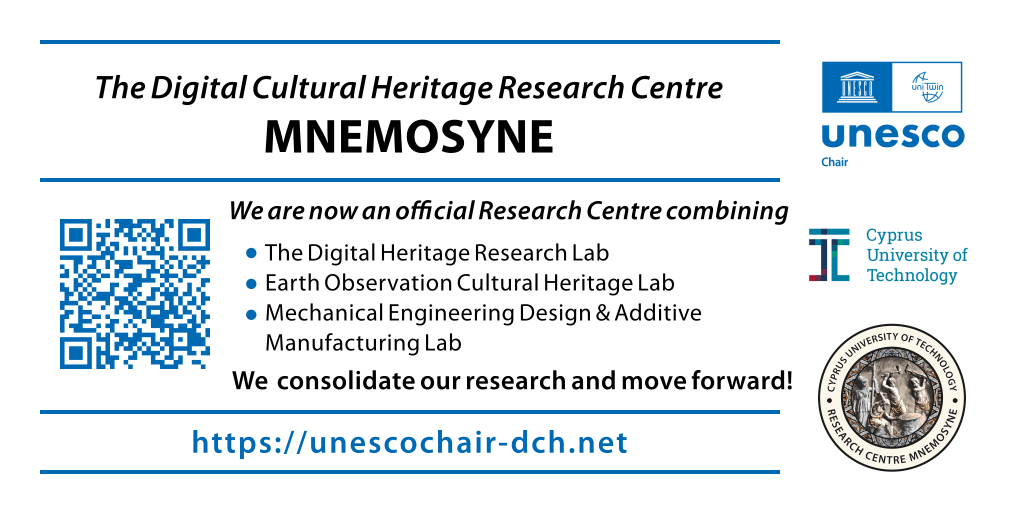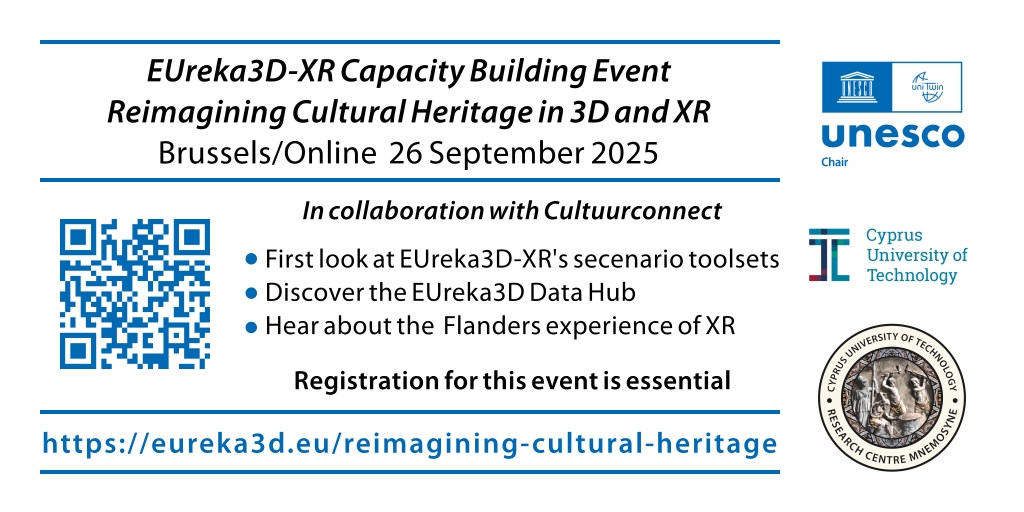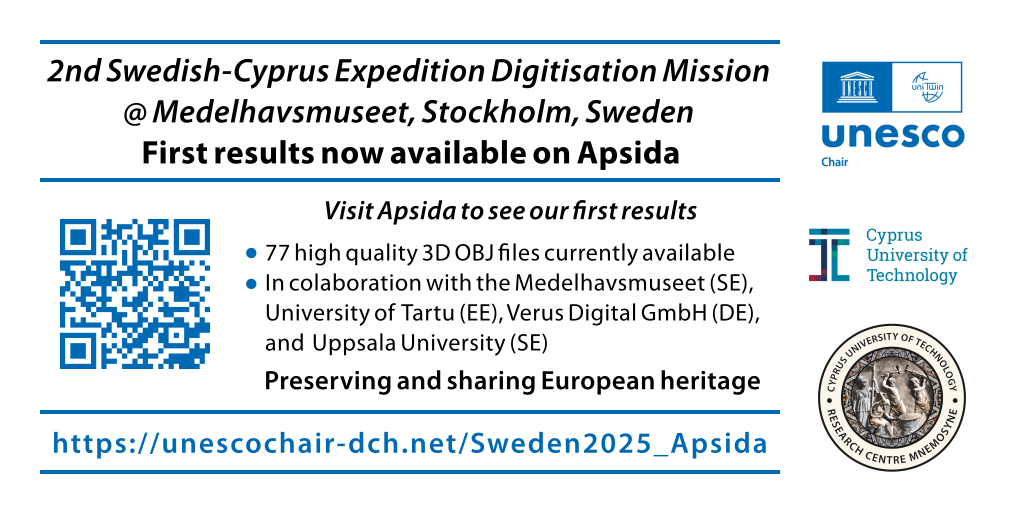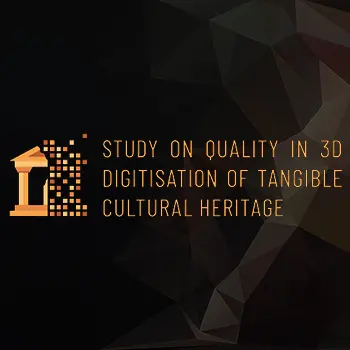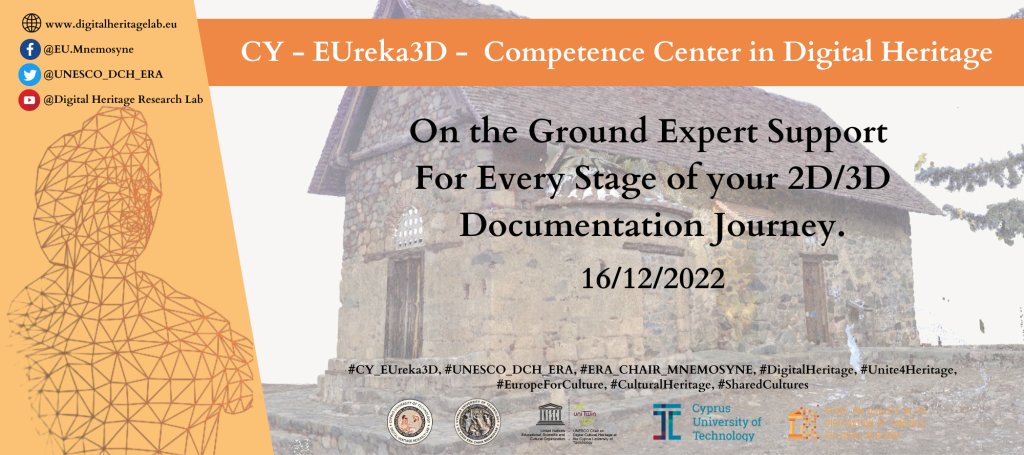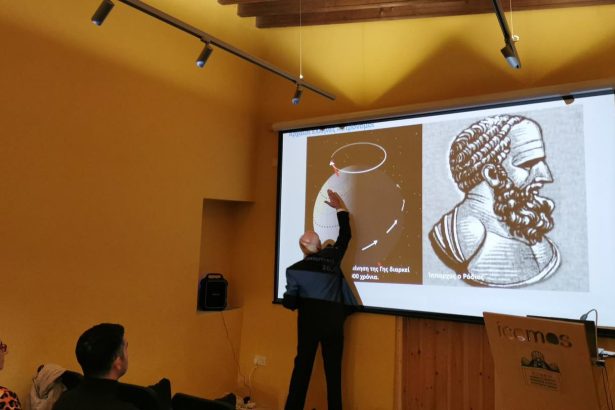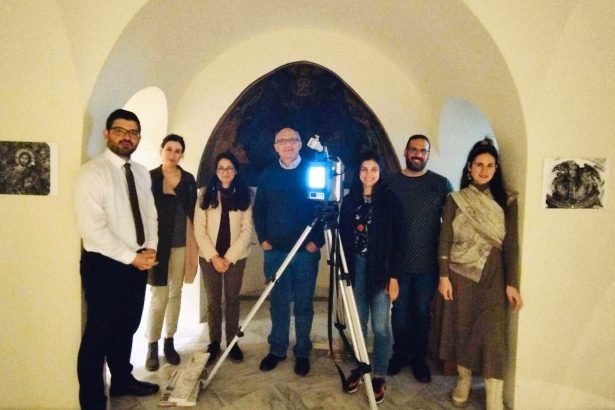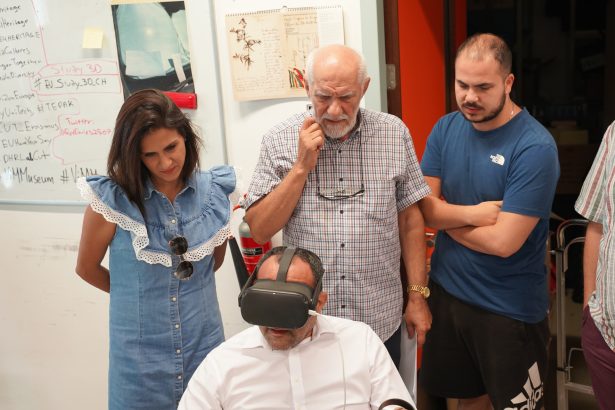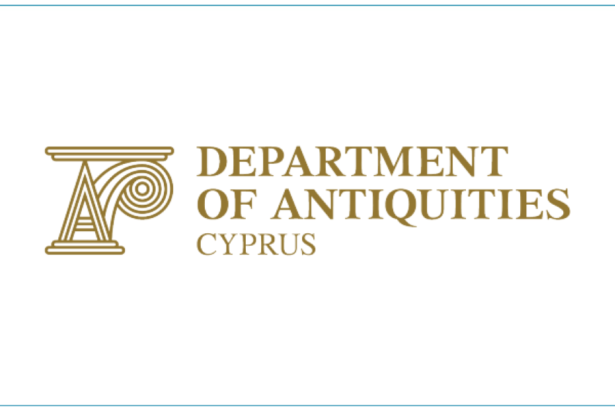Latest Announcements
About the
Digital Cultural Heritage Research Centre
MNEMOSYNE
The Research Centre MNEMOSYNE is a newly established institution under the unique UNESCO Chair on Digital Cultural Heritage at the Cyprus University of Technology, established by Cyprus Law (CY Law) as a permanent structure for research, education, innovation and development in cultural heritage. It is the flagship outcome of the H2020 ERA Chair on Digital Cultural Heritage, a landmark EU-funded project and the result of the strategic merger of three pioneering labs:
- The Digital Cultural Heritage Lab,
- The Earth Observation Cultural Heritage Research Lab, and
- The Mechanical Engineering Design and Additive Manufacturing Lab
at the School of Engineering and Technology
Over the last decade, MNEMOSYNE has received numerous awards, signed over 200 bilateral agreements at local, regional, and international levels, and is the proud organiser of the prestigious EuroMed Conference on Digital Heritage.
MNEMOSYNE has a portfolio of over 45 projects and has secured more than €15.7 million in funding over the last decade, operating financially independently from the Cyprus Government and the University.
The Centre’s work focuses on digital documentation in Cultural Heritage, memory, identity, long-term monitoring and preservation, Use and Re-Use, such as 3D Fabrication, leveraging advanced 3D technologies and multi-, interdisciplinary collaboration. With a mission to safeguard and promote cultural narratives, the Centre aspires to become a global leader in digital heritage, bridging academia, research, innovation, policy, stakeholders and public engagement for a sustainable cultural future..
About the Digital Heritage Research Lab
The Digital Heritage Research Lab (DHRLab) was established in 2013 at the Department of Electrical Engineering and Information Technology of the Cyprus University of Technology. The lab is devoted to research on the digitisation, documentation, archiving, preservation, protection and promotion of the tangible and intangible Cultural Heritage remains of our past.
At the moment the Digital Heritage Research Lab coordinates three major European Research Projects and participates as a partner in five other equally important programs. Our research focuses on four thematic areas: recording, access, management, and conservation of cultural heritage assets.
DHRLab is host to the unique UNESCO and European Research Area (ERA) Chairs on Digital Cultural Heritage. It has rapidly achieved a worldwide spectrum of collaborative research projects, creating a remarkably wide research network and an agenda with great potential for future activities (such as the H2020 ViMM Manifesto, Roadmap and Action Plan).
The UNESCO Chair on DCH in cooperation with the EU ERA Chair Mnemosyne project, the Erasmus+ ARTEST project, the CLARIN-ERIC, the ViMM+ Network and the CLARIAH-CY developed a special platform, which illustrates all the Master courses around the world in the area of Digital Cultural Heritage, Cultural Informatics, Digital Humanities and Digital Social Sciences. The platform is used as a key tool for all young persons, who want to develop further their career in the domain of Digital Heritage / Cultural Informatics.
As of December 2022, the UNESCO Chair on Digital Cultural Heritage hosts the first Competence Centre in 3D Digital Cultural Heritage on the island of Cyprus. The Centre is supporting local and regional stakeholder organisations in all issues related to the 3D Documentation of the past.
Cyprus National Coordinator
of the EU Research Infrastructures
We are proud to be the national coordinator for the EU research infrastructures DARIAH-ERIC and CLARIN-ERIC.
Moving Forward
The first virtual high level political forum between Greece and Cyprus in the area of Digital Heritage was held on the 28th May 2025 with the full support of: The Cyprus Ministry of Education, Sport and Youth, HE Prodromos Prodromou, The Cyprus Ministry of Transport, Communications and Works, HE Yiannis Karousos, The Embassy of the Republic of Cyprus in Athens, HE Kyriakos Kenevezos, the Permanent Representation of the Republic of Cyprus to the EU, The Deputy Ministry of Tourism, Cyprus, The Deputy Ministry of Research, Innovation and Digital Policy, Cyprus, Dr. Stelios Himonas, and ICOMOS Cyprus.

Sponsors
Upcoming Events
Events








